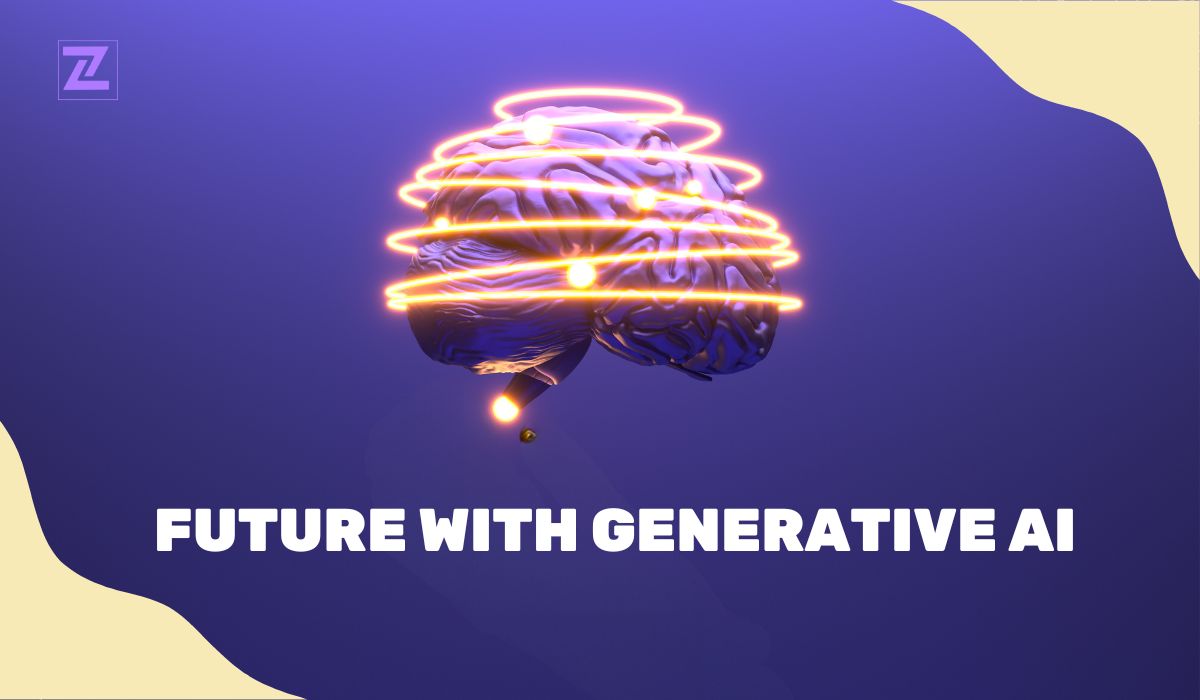
The realm of artificial intelligence (AI) is witnessing a transformative wave, and at its forefront is Generative AI, a specialized branch with the potential to reshape our technological landscape. As we venture into 2024, the impacts of Generative AI are poised to extend beyond conventional boundaries, introducing novel capabilities and applications. Let's explore the five ways in which Generative AI is set to transform the world in the upcoming year.
2024 marks a significant leap in the evolution of multimodal AI models. Exemplified by the likes of Mistral, Llama 2, and GPT4 from industry giants Meta and OpenAI, these large language models are designed to process diverse data types. The popular GPT4-V and upcoming models like LLava showcase the potential of artificial intelligence to interpret heterogeneous inputs, enabling users to create dynamic and intuitive content. The convergence of various data modalities propels creative capacities to new heights.
Small Language Models, or SLMs, are set to become the norm in 2024. Trained on select, high-quality datasets, SLMs like Microsoft's PHI-2 and Mistral 7B offer comparable quality to their larger counterparts, Large Language Models (LLMs). With fewer parameters and reduced system requirements, SLMs provide flexibility for specific tasks and ensure regulatory compliance. The increased adoption of SLMs is expected to broaden the applications of generative AI across industries.
Autonomous agents, empowered by multimodal AI and sophisticated algorithms, are revolutionizing generative AI in 2024. Leveraging tools such as LlamaIndex and LangChain, these self-learning systems analyze diverse data forms to make informed decisions. By delivering context-aware interactions and minimizing human intervention, autonomous agents enhance consumer experiences across multiple industries. The synergy of AI and autonomy is unlocking unprecedented possibilities.
Proprietary models, including GPT 3.5, Claude 2, and Jurassic-2, are being surpassed by open generative AI models in 2024. Models like Mistral’s Mixtral-8x7B, Falcon 180B, and Meta’s Llama 2 70B are gaining popularity, offering robust alternatives for on-premises or hybrid hosting. The open-source nature of these models fosters collaboration and innovation, paving the way for a more inclusive and dynamic generative AI landscape.
In 2024, Kubernetes emerges as the preferred platform for hosting generative AI models. Major players like Hugging Face, OpenAI, and Google are utilizing Kubernetes to support containerized model inference. Tools such as Ray Serve, vLLM, and Text Generation Inference enable efficient management of AI model lifespans. The cloud-native ecosystem expands LLMOps for integrated workflows, offering best practices and streamlining the deployment and management of generative AI models.
As we stand on the cusp of 2024, the advancements in Generative AI promise a future where creativity, autonomy, and accessibility converge, unlocking unprecedented possibilities and transforming the way we interact with technology. The journey into the realm of Generative AI is an exciting adventure, and the coming year is poised to be a pivotal chapter in this unfolding narrative.